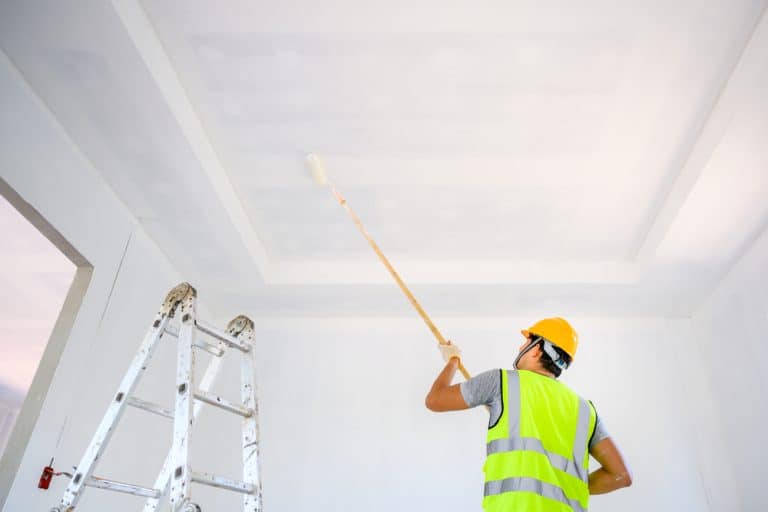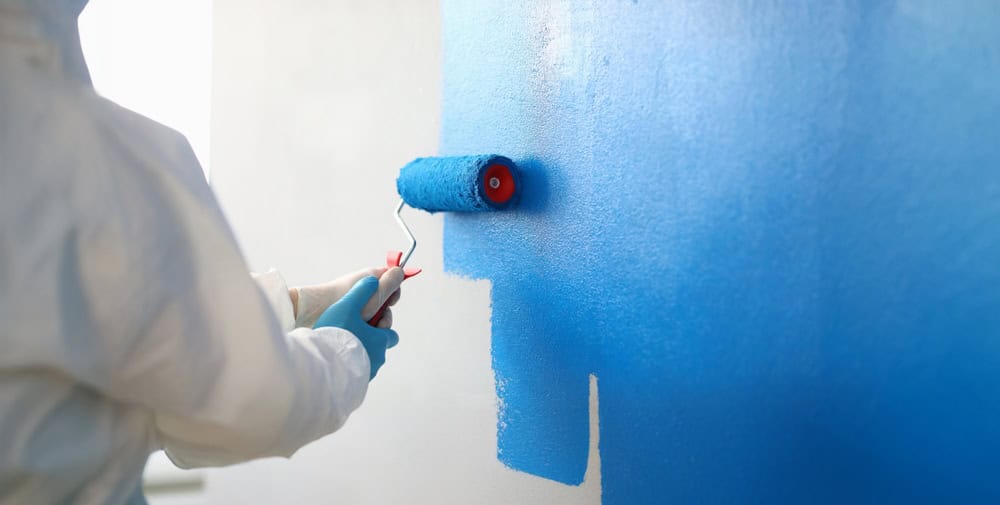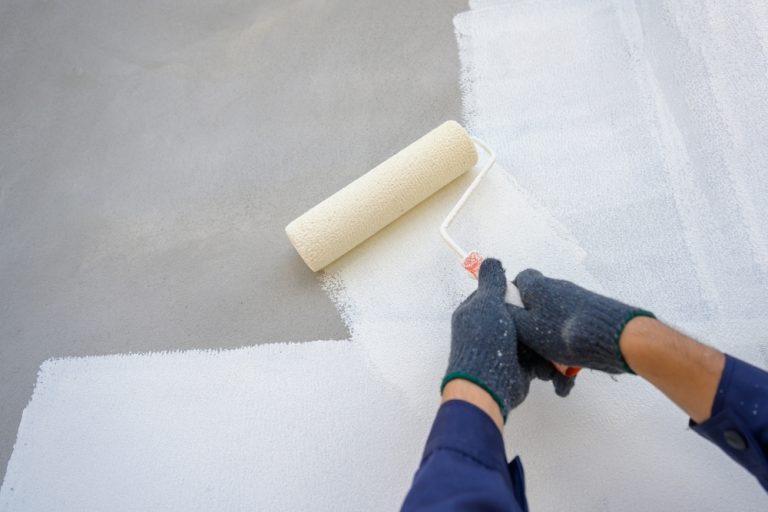Why You Should Use Primer When Painting

When painting your home, using a primer is often an essential step. While primer might seem like an unnecessary extra expense and effort, it has a significant role in ensuring that your paint job looks great and lasts longer. Skipping this step could leave you with uneven finishes, visible stains, or peeling paint.
What Does Primer Do?
Primer acts as a preparatory base coat that enhances the effectiveness of your topcoat. Here’s what it does:
- Enhances Paint Adhesion: Primer helps paint stick better to surfaces, especially porous or uneven surfaces, resulting in a smooth and even finish.
- Prevents Uneven Absorption: Without primer, porous surfaces like new drywall, wood, or plaster can soak up paint unevenly, leading to blotchy results.
- Hides Stains and Imperfections: Primer blocks stains (like watermarks, grease, or smoke damage) from bleeding through your fresh coat of paint.
- Covers Dark Colors: When painting over dark or bold colors, primer creates a neutral base, so fewer coats of paint are needed to achieve true color.
- Solves Surface Problems: Primers are specially formulated with extra binders and pigments to handle chalky, irregular, or stained surfaces.

When is Primer Necessary?

Always use primer under the following conditions:
- Painting Over Problem Surfaces:
- Stains (watermarks, grease, smoke)
- Chalking (fine, powdery residue on older painted surfaces)
- Irregular or damaged surfaces
- Switching Paint Types:
- Applying latex paint over oil-based finishes or vice versa.
- Painting Over Dark Colors:
- Brightening or drastically changing a color (like painting white walls over black or bold shades).
- Using Porous Surfaces:
- New drywall, wood, concrete, or unfinished plaster benefit from primer to prevent excessive paint absorption.
Why Primer Saves Time and Money
While it may seem like primer adds extra work, using it can actually save you time and money in the long run:
- Fewer Coats of Paint: By creating a solid base, primer allows for better color coverage, meaning fewer layers of paint are required.
- Longer-Lasting Paint: Primer improves adhesion and durability, so your paint job will last longer without peeling or fading.
- Avoiding Stains or Bleed-Through: Primer prevents stains from ruining your fresh coat of paint, so you won’t need frequent touch-ups.

Tips for Successful Priming

- Ensure the surface is clean, dry, and free of dust before applying primer.
- For best results, match the primer to your surface type and intended paint. Consult your local hardware store for guidance on the right product.
- Follow the manufacturer’s instructions on drying times to avoid buildup or uneven finishes.
Using primer is the key to achieving a professional, flawless paint job. Whether you’re dealing with stains, dark colors, or new surfaces, primer ensures that your hard work pays off with smooth, even, and long-lasting results. Don’t skip it—it’s worth the extra step!